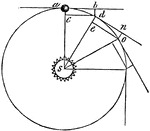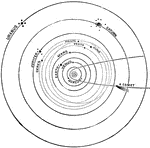Clipart tagged: ‘Planet’
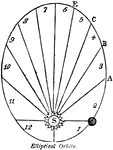
Elliptical Orbit
"The elliptical circle being supposed to be the Earth's orbit, with the Sun, S, in one of the foci.…
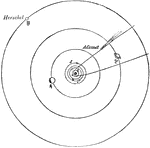
Planet Distance
"Relative distance of the Planets. Having now given a short account of each planet composing the solar…
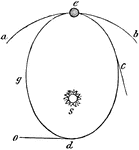
Planet Motion
"Elliptical Orbits.—It has been supposed that the Sun's attraction, which constitutes the Earth's…

The Scorpio Constellation, with Libra
"The constellation which is prominent in early summer in the skies of the southern United States (where…
